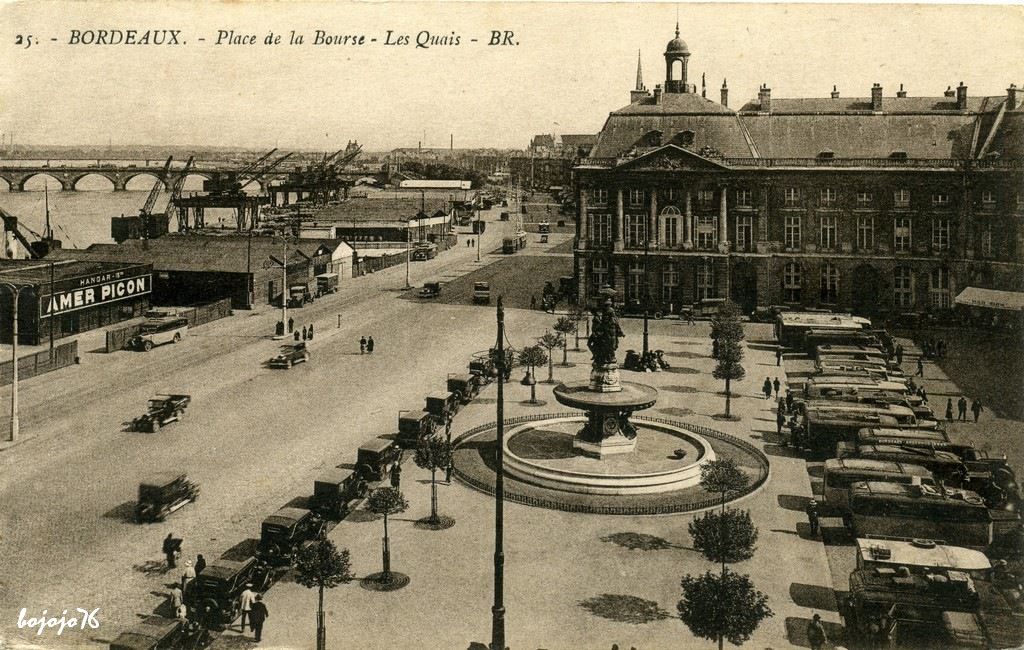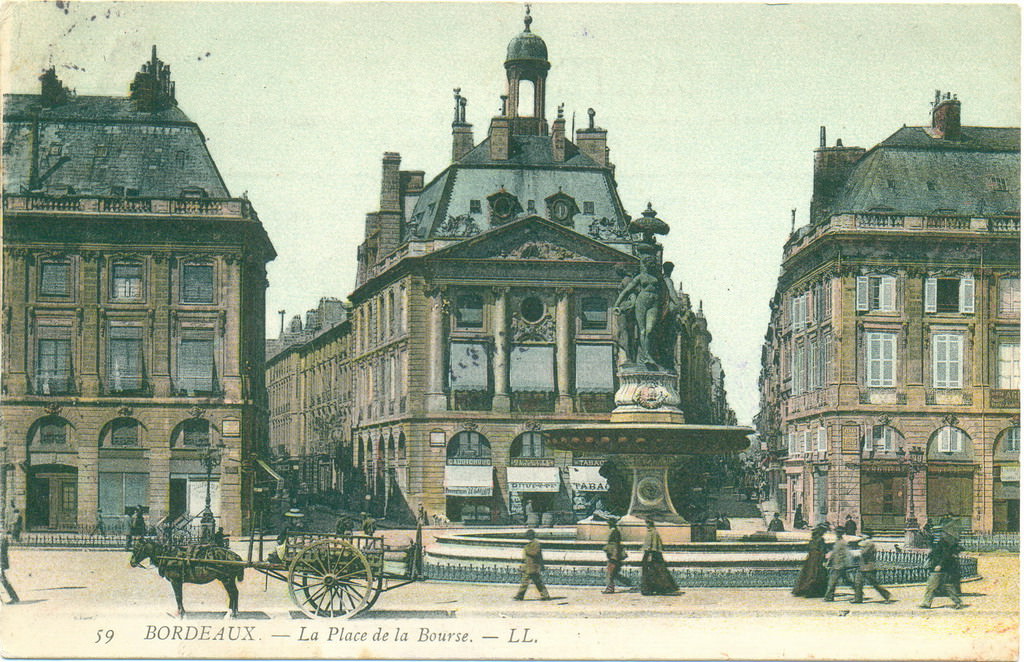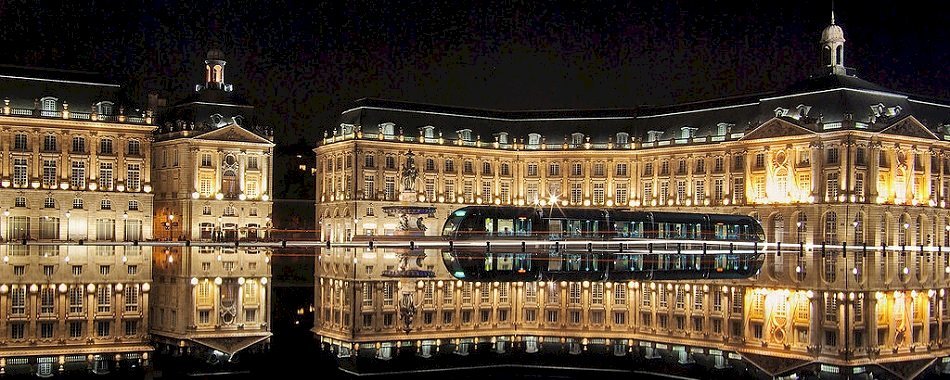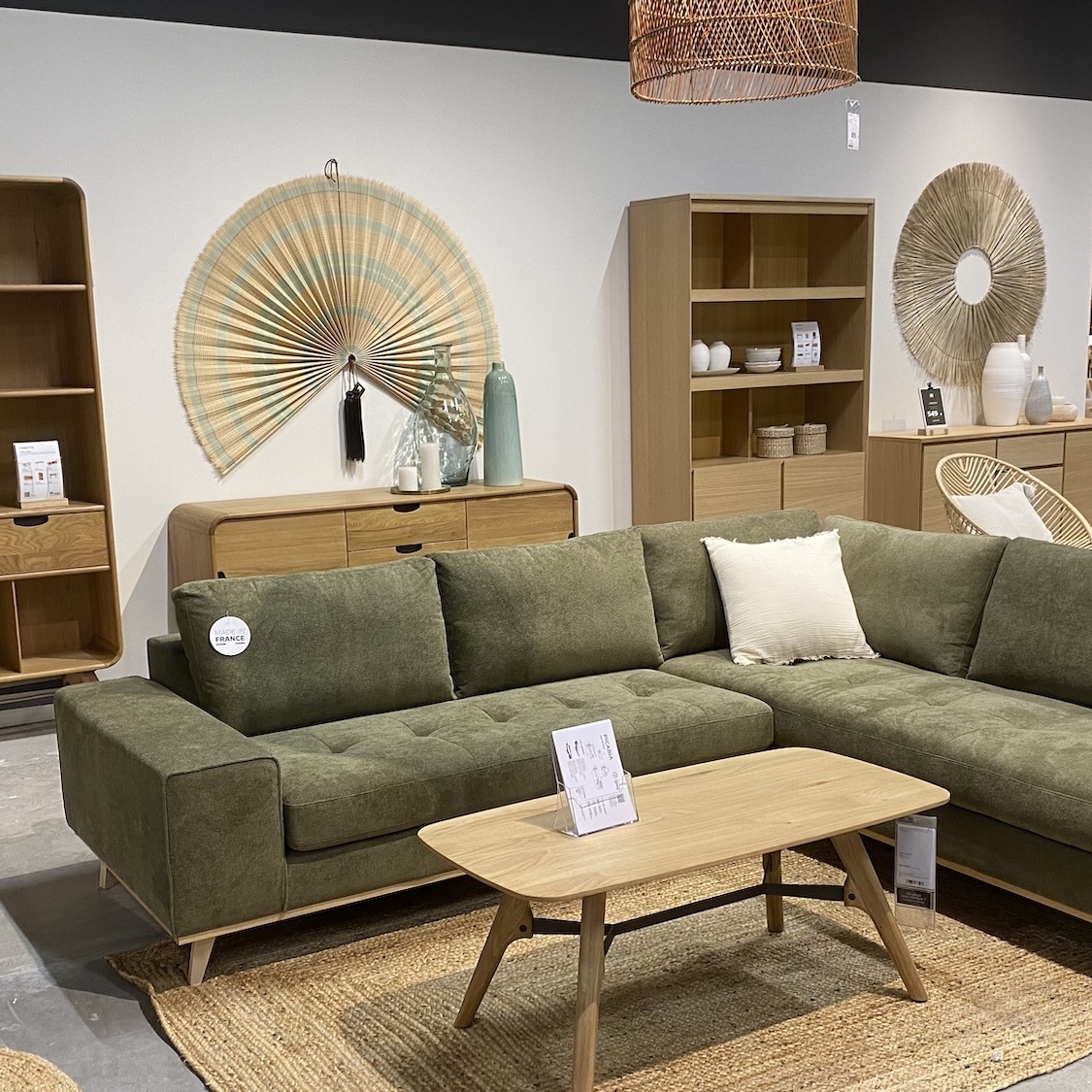
The reason for the square's existence, the equestrian statue of King Louis XV disappeared during the Revolution in favor of a Liberty tree. Then, in 1828, a fountain, in the form of a column of pink marble topped with a white capital and a globe, took over the center of the square before being replaced, 41 years later, by the current "Three Graces fountain". Designed by Louis Visconti, this monument represents Aglaia, Euphrosyne, and Thalia, the daughters of Zeus.
Considered one of the most representative works of French classical architecture from the 18th century, this esplanade is surrounded by several ensembles, now very far from their original functions. The Palais de la Bourse, to the northeast, has now become the Chamber of Commerce and Industry of Bordeaux. Known in the 18th century as the Hôtel des Fermes, the building to the south is currently occupied by the Regional Directorate of Customs and Indirect Taxation. The National Museum of Customs also found refuge here in 1984.
Last but not least: the famous Water Mirror. With its 3450 m2, this granite slab is the largest Water Mirror in the world. Since its inauguration in 2006, it has been able to reflect one of the most beautiful squares in the world. Modestly.

